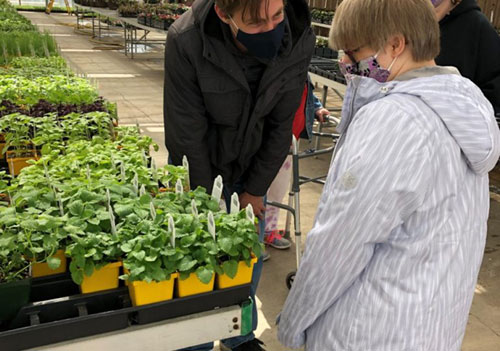Branding perspectives from members
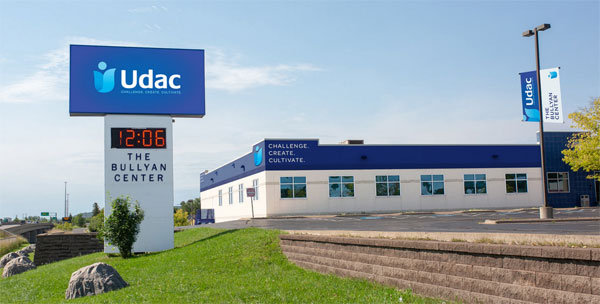
Building and maintaining a brand reputation is an ongoing process with multiple strategies. For disability service providers, there are a number of smaller audiences they serve, or hope to serve directly, and the broader community with which they wish to have a relationship.
Good reputation, but limited understanding
Udac, a mid-sized provider in Duluth, interviewed its community in 2017 and found that people knew the nonprofit as a great organization that does great things in the community, said Executive Director Karen Herman. “They just don’t know what we do.”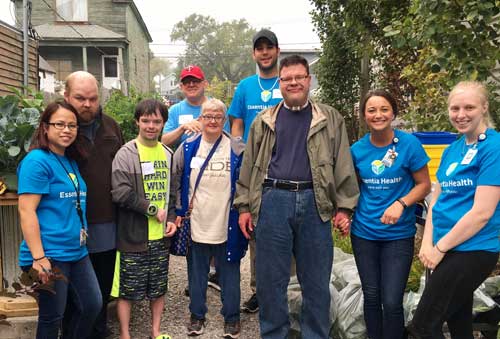
Udac has a new building, attractive signage including parking lot banners, an impactful website presence and is increasing its community involvement. Herman said word-of-mouth relationship building over time and involvement in Rotary clubs and chamber of commerce groups tends to open doors more broadly to share messages and speak directly about the opportunities Udac offers.
The Duluth organization is transitioning to completely community-based services, somewhat like MRCI has in the Mankato, New Ulm, Fairmont and the Twin Cities areas. Working with Star Services at the state level and the Institute on Community Integration at the University of Minnesota, Udac is doing a lot of planning to pursue excellence in this change, explains Herman. The community aspects for people with disabilities don’t all need to be about employment, she said. There are skills to be learned, even community skills, such as how to speak to others, manage one’s money, and so on.
“We really believe people learn best in a natural environment,” said Herman, but it’s not always best to take that on the first time. She likens it to a learning how to ride a bike, even reading the manual before riding, then later going out on a bike marathon. The home base of the day service program would function more as a skills-building facility.
Traditional marketing and new community approach
At MRCI, marketing and the resulting brand crosses multiple touch points for various audiences, explains Tami Reuter, chief business and marketing officer. There are websites, social media, newsletters in print and electronic as well as YouTube videos.
But, what’s especially unusual is “the New MRCI’s” approach to direct marketing in its communities. Groups of four individuals with one staff spend weekdays in the community. Minivans 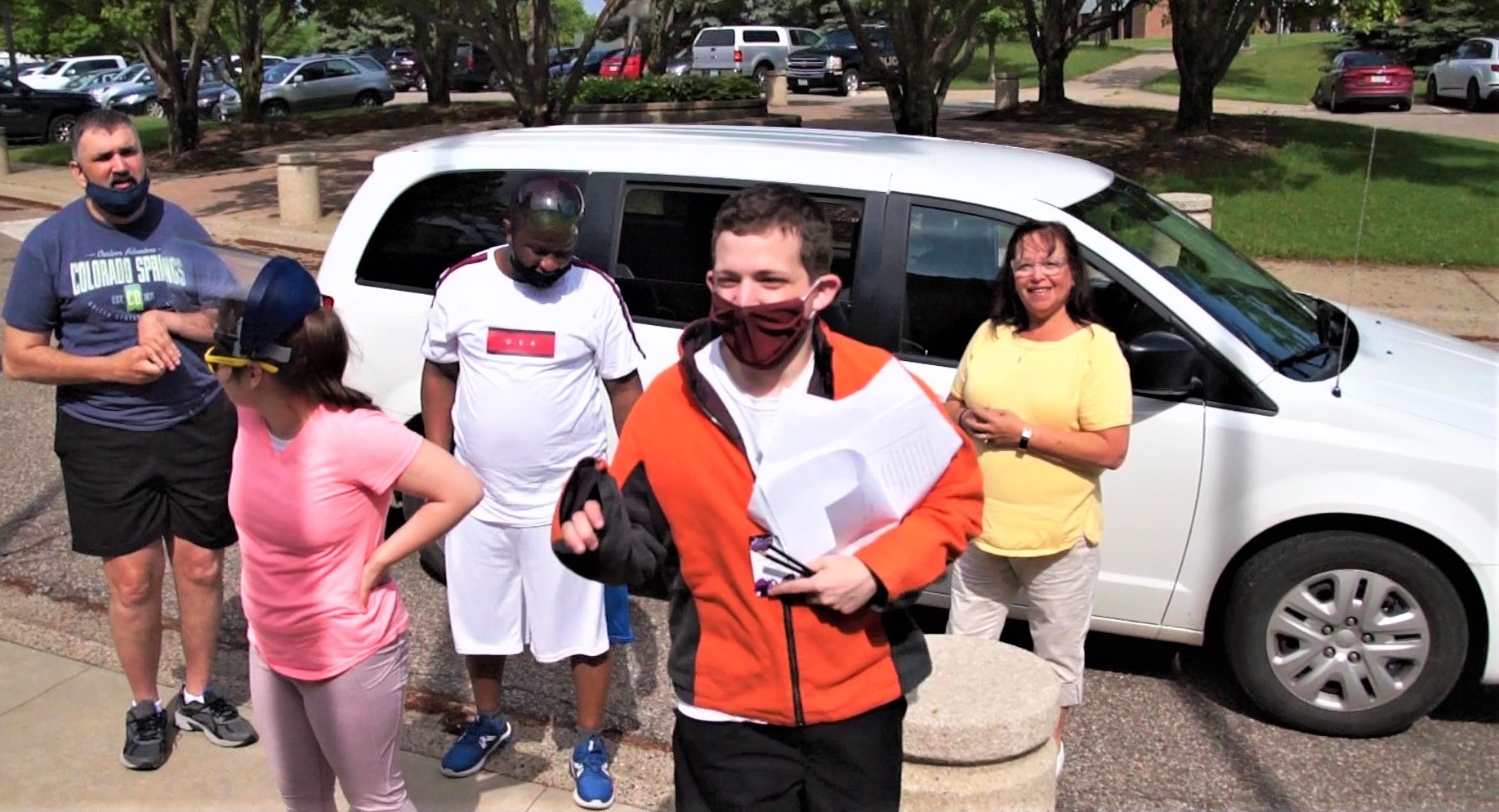 are unmarked and
are unmarked and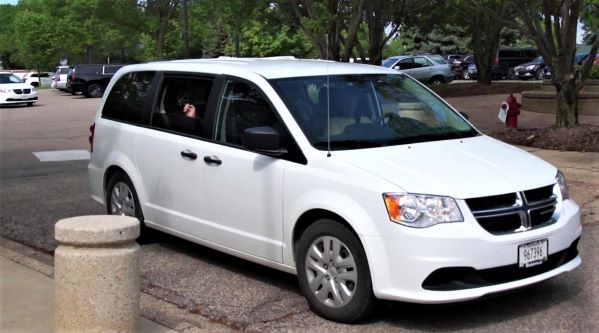
staff don’t wear name badges or other identifiers to give away their MRCI affiliation. Inclusion is the idea, she said. When a group is in a coffee shop, the intention is for people to see friends having coffee together. “We want to be judged for being known who we are as individuals, not any preconceived notions of what the organization was previously,” Reuter said.
Networking is integral to this effort. Reuter said the people they serve find their own networks based on who they are and grow their relationships based on natural supports. This might include groups of friends, colleagues, neighbors and family.
She calls it natural relationship building 101, where people know people, their talents and what they can do. “It’s amazing what opportunities open up.”
Interactions can lead to opportunities
Daily life enrichment in the community can also lead to job opportunities, even offers without a formal interview, Reuter explained. These stories and many others can then be told by MRCI through its communication channels.
Its “Connector” newsletter has gone deeper with stories, and is available in paper and electronic form. Constituents, legislators, team members and business prospects receive it.
“MRCI isn’t just one service, but a menu of services which includes virtual options as well employment and day services," said Reuter. Excitement is growing as the small community-based day service groups plan their upcoming experiences together.”
She said the minivans are a conduit to get from point A to point B and don’t need to be a label to open up doors. “We’re going to open the door because of the connections we’re building,” said Reuter. “As long as you can dream and your vehicle can get you there and back home at the end of the day. You just get to go and do the dream.”
Some staff have said they couldn’t believe MRCI was paying them to do this job, and that they are having so much fun.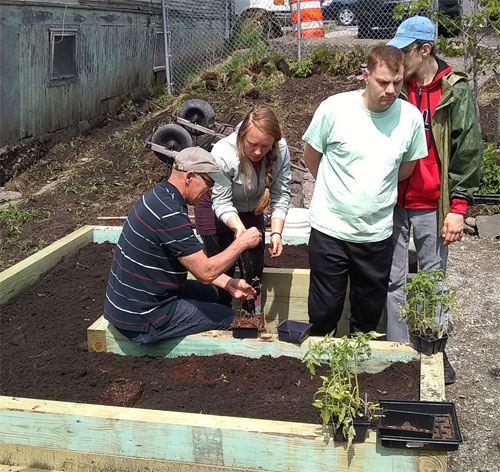
Photos: KEYC TV, Udac, The Wallace Group and MRCI.
